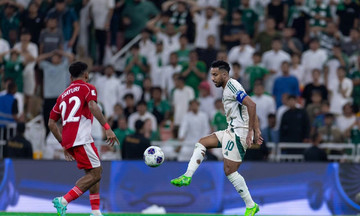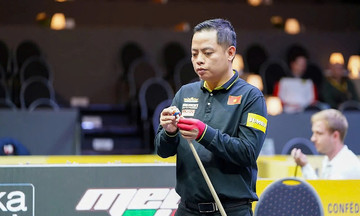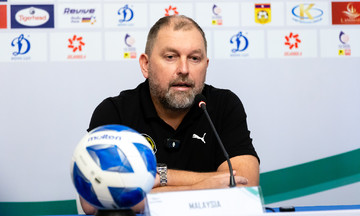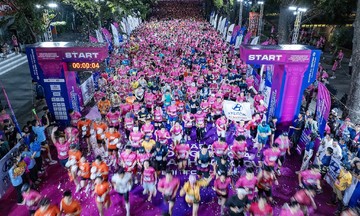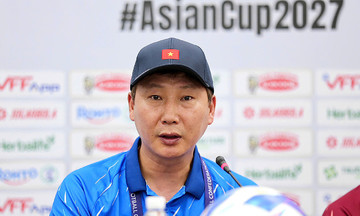The accuracy of a racecourse is a key factor determining the credibility of international marathons. If the course doesn't meet standards, a runner's time, even a record-breaking one, won't be recognized. That's why course measurement is strictly regulated by World Athletics and the Association of International Marathons and Distance Races (AIMS).
The standard process involves a bicycle equipped with a calibrated Jones Counter. The measurer follows the shortest possible route (SPR) a runner can legally take, usually hugging the inside edge of turns. This determines the official minimum length of a course.
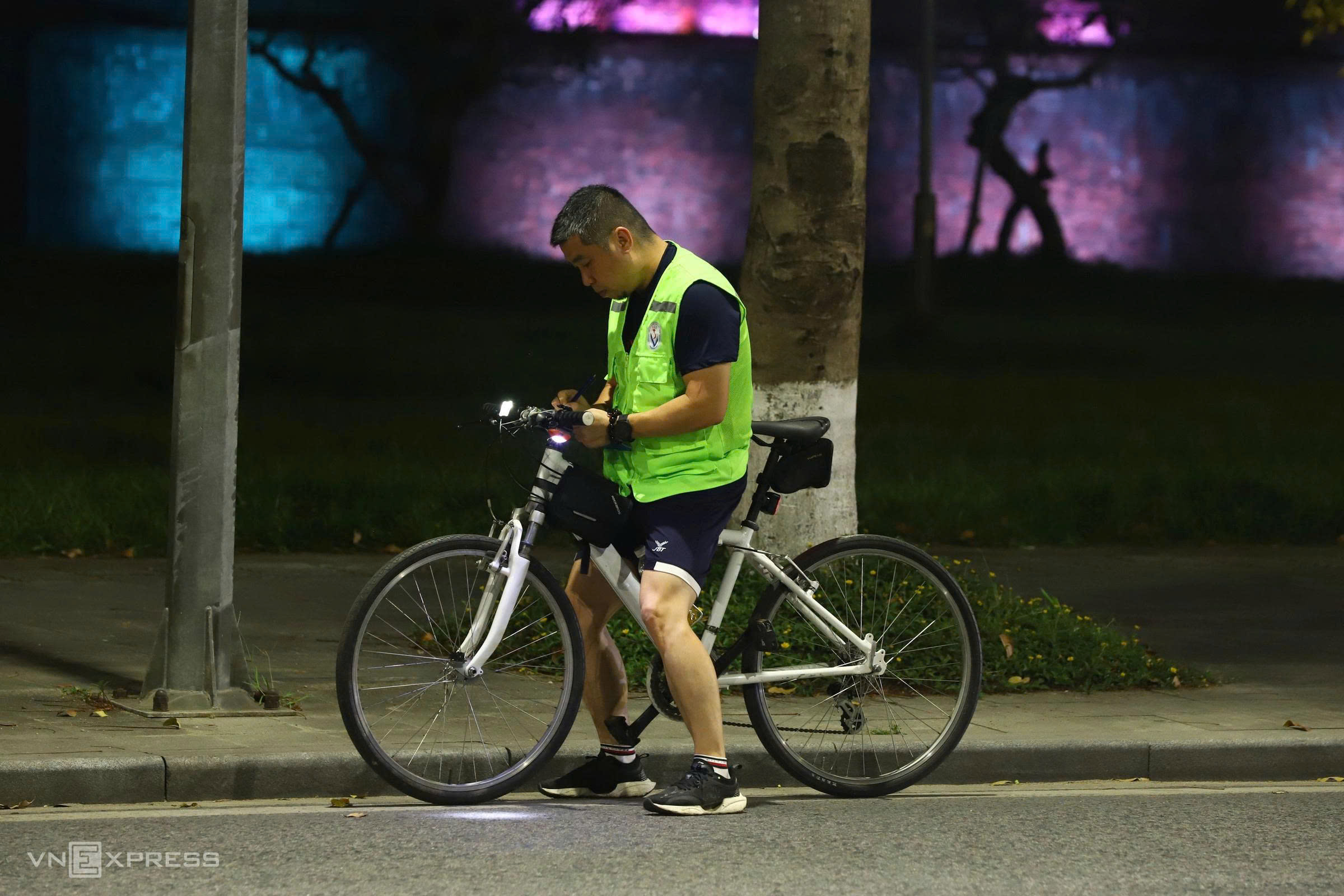 |
Nguyen Truong Giang, an expert from the Vietnam Athletics Federation, measures the VM Hue 2024 course. Photo: Vo Thanh |
Nguyen Truong Giang, an expert from the Vietnam Athletics Federation, measures the VM Hue 2024 course. Photo: Vo Thanh
To ensure the course isn't short, World Athletics mandates a short course prevention factor (SCPF) of 0.1%. This means for a marathon, the measured distance must be at least 42 m longer than 42.195 km. This guarantees every finisher runs a minimum of 42.195 km.
A valid course must also meet elevation requirements, with no drop exceeding 1 m per km. The straight-line distance between start and finish can't exceed half the total distance. These rules ensure times reflect runners' abilities, not advantages from terrain or tailwinds.
Runners' GPS watches often record longer distances than the official course length. There are three main reasons for this. First, runners rarely follow the exact SPR. Turns and navigating crowds add tens or hundreds of meters.
Second, GPS signals have inherent inaccuracies. Tall buildings, trees, or arm movement can add distance. Studies show this error ranges from 0.5% to 2%, adding hundreds of meters in a marathon.
Finally, minor adjustments to barriers, water stations, and safety zones can occur during course setup. However, the 0.1% safety factor and multi-step verification process keep these variations within acceptable limits, much smaller than discrepancies from GPS or runner deviations.
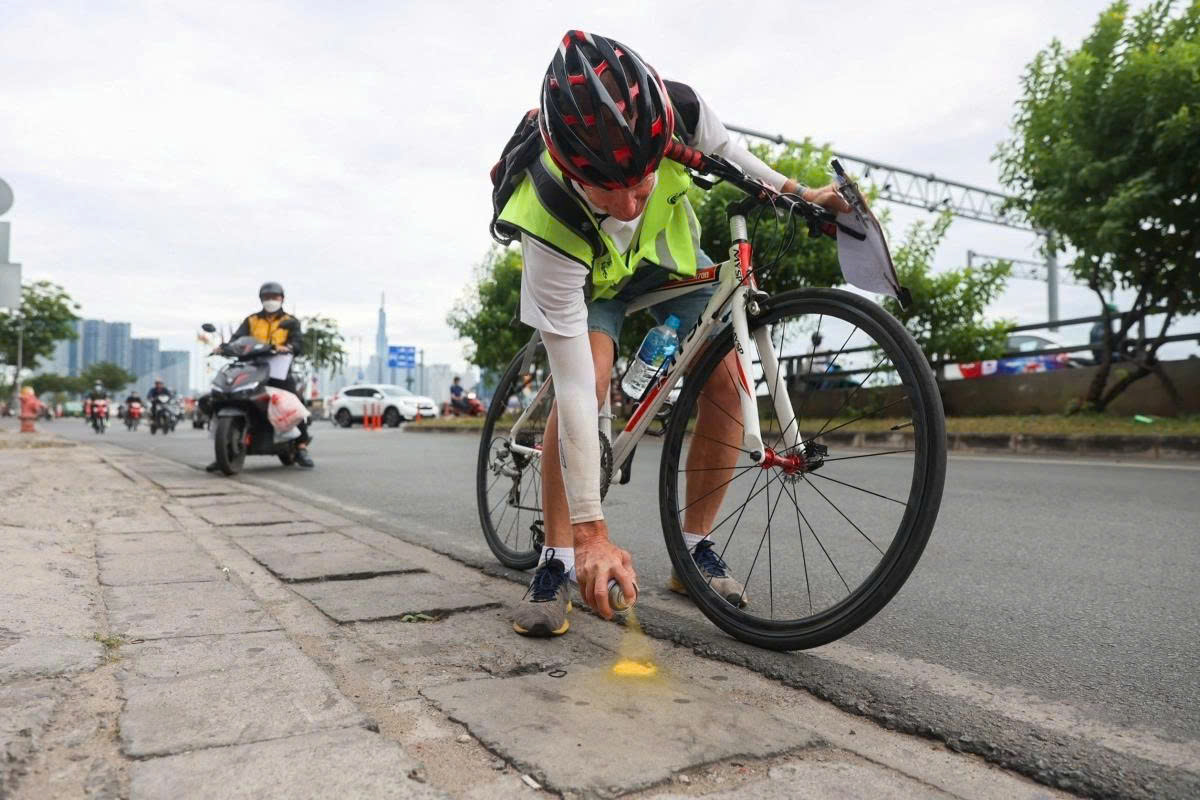 |
Kim Vivian, an expert from AIMS, measures the Ho Chi Minh City Night Run 2023 course. Photo: Tran Quynh |
Kim Vivian, an expert from AIMS, measures the Ho Chi Minh City Night Run 2023 course. Photo: Tran Quynh
World Athletics requires all certified marathon courses to be measured by A or B-graded measurers. This ensures transparency and allows results to be used for records and international qualifying standards.
In Vietnam, the Vietnam Athletics Federation oversees these standards. Certified races, like those recognized by the Federation, are measured and verified by authorized experts.
The VnExpress Marathon organizers confirm their courses follow these procedures. Measurers run multiple loops, calculate errors, and submit reports for international approval. "The marked course always adheres to the SPR, while meeting World Athletics standards for elevation and start/finish line distance," an organizer stated.
Lan Anh




